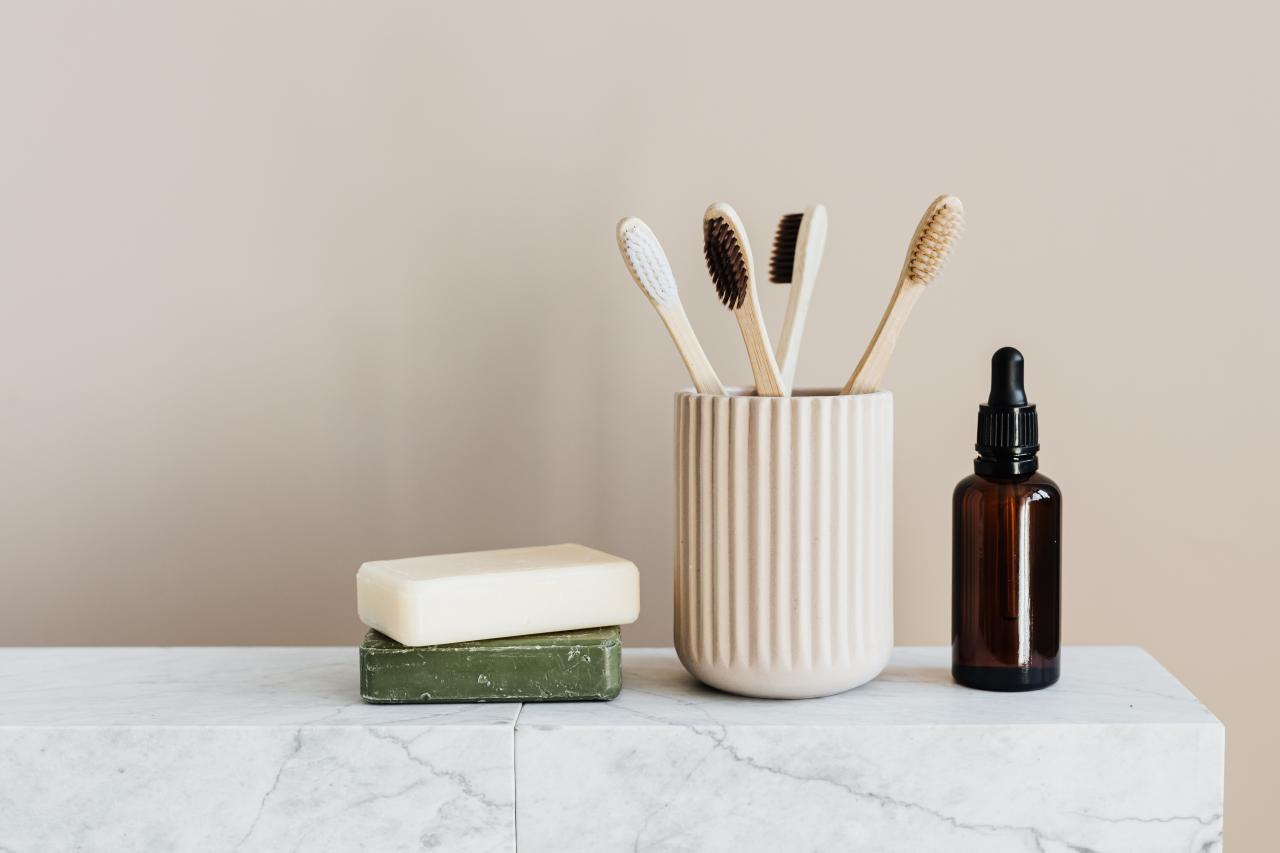Going green can start with incorporating more eco-friendly alternatives throughout your home. Revamping your home can seem like a big project but an easy way to get started is fixing up one room at a time. The best place to get started is your bathroom since it’s one of the most frequently used.
Going green will not necessarily require you to give up on your bath, shower, or other household luxuries. There are a couple of ways to go about it, from low-flow drainage to energy-efficient light sources. Bathrooms aren’t the biggest offenders, yet there are lots of improvements we can incorporate to help make our bathrooms more environmentally friendly and minimize our carbon footprint.
Incorporate Recycled Construction Materials
Using environmentally friendly materials in your bathroom, such as bamboo, limestone, porcelain, steel, glass, and wooden furniture, may help to make your bathroom more ecological. Such building materials may be used as flooring, reclaimed tile, or even as cabinets in your bathroom. Recycling things is a great way of sustainable living, as it may help you save money while simultaneously saving the environment.
Install A Skylight For Natural Lighting
A shower skylight is a cost-effective addition that lets in natural light while also being easy to install. Natural light aids in the reduction and prevention of mildew and mold growth in your bathroom. Solar heating and greater ventilation are two other advantages of skylights, which may help cut down on energy expenditure.
Get Energy Star Water Heater
Because water heaters consume the second most energy in the housing, choosing an energy-efficient one is critical. Energy Star models consume less energy than standard heaters, which can help cut down on your power bills.
Tankless heating systems are ideal for simply delivering hot water when required. Thermal-pump water heaters are yet another environmentally friendly alternative since they utilize energy to transfer heat from one medium to another rather than converting it directly.
Use A Low-Flow Shower To Save Water
Fitting a low-flow shower features can help you save water, and some even include controls that let you turn the water on or off or pause it completely. Color-coded shower heads can also save you time by changing color by indicating if the temperature is too cold or hot.
Bathtub Renovations
What’s not to miss when renovating your bathroom? A bathtub! Choose an environmentally friendly bathtub; purchasing an antique tub from a local market or store is a smart first step-just; make sure it’s in excellent shape and can easily be installed in your bathroom. If you want something newer, consider a contemporary reusable tile tub, cement tub, or steel tub, which will give the waterproofing you need to save water when bathing or showering.
Make Use Of A Salvaged Wood Vanity
We all need a small space to stack our towels, toilet rolls, bath bombs, and other bathroom necessities. Ditch the contemporary vanity and choose a salvaged wood vanity for a more close-to-nature look! Since no new resources were built using toxin-emitting machines, the use of recycled resources such as recovered wood is a sustainable approach.
If you’re designing a vanity with reclaimed wood, you’ll be saving a lot of money and protecting the environment too. You may also make a DIY vanity with reused materials from your own house, like an old bookshelf, dresser, or nightstand.


